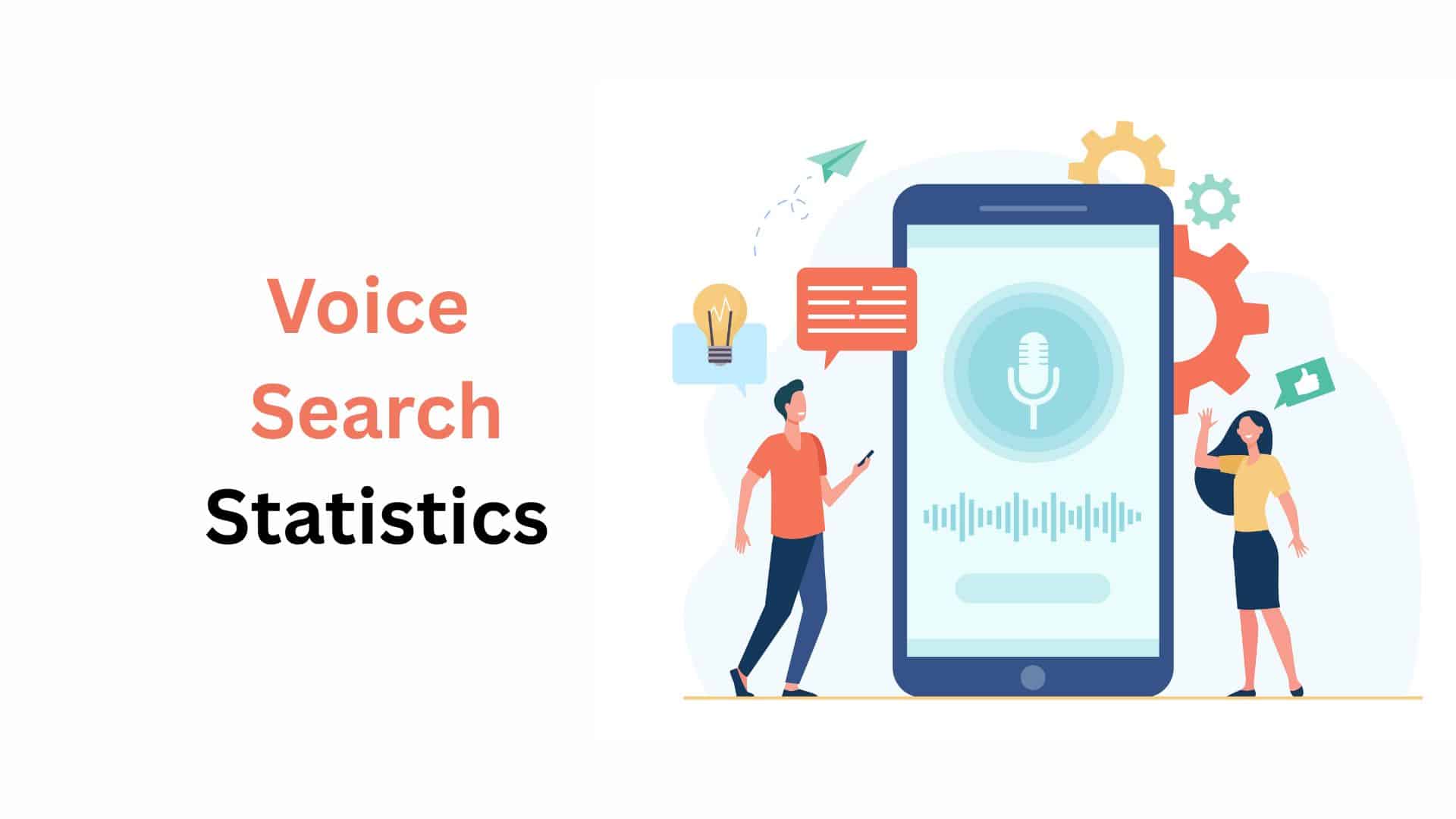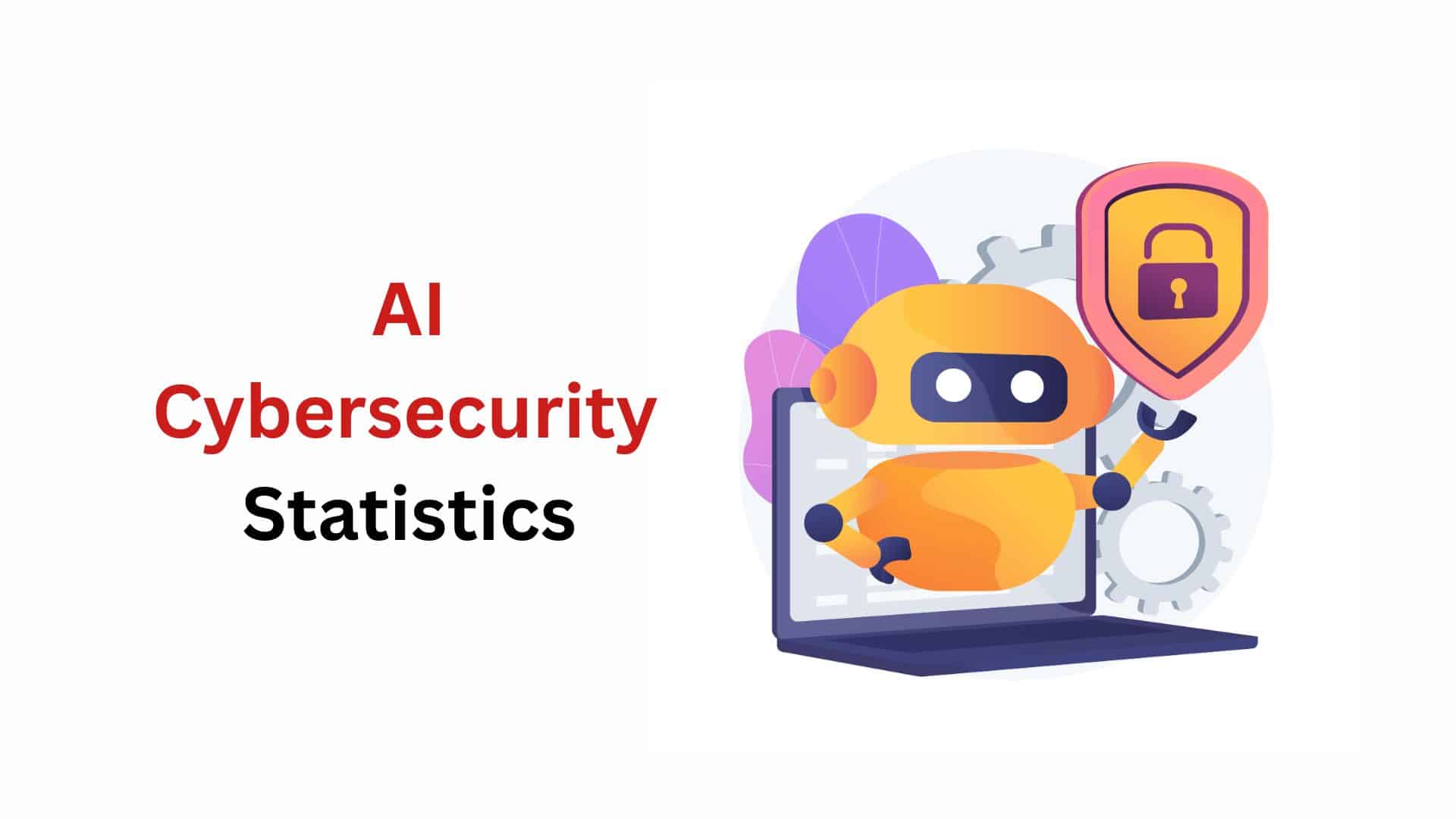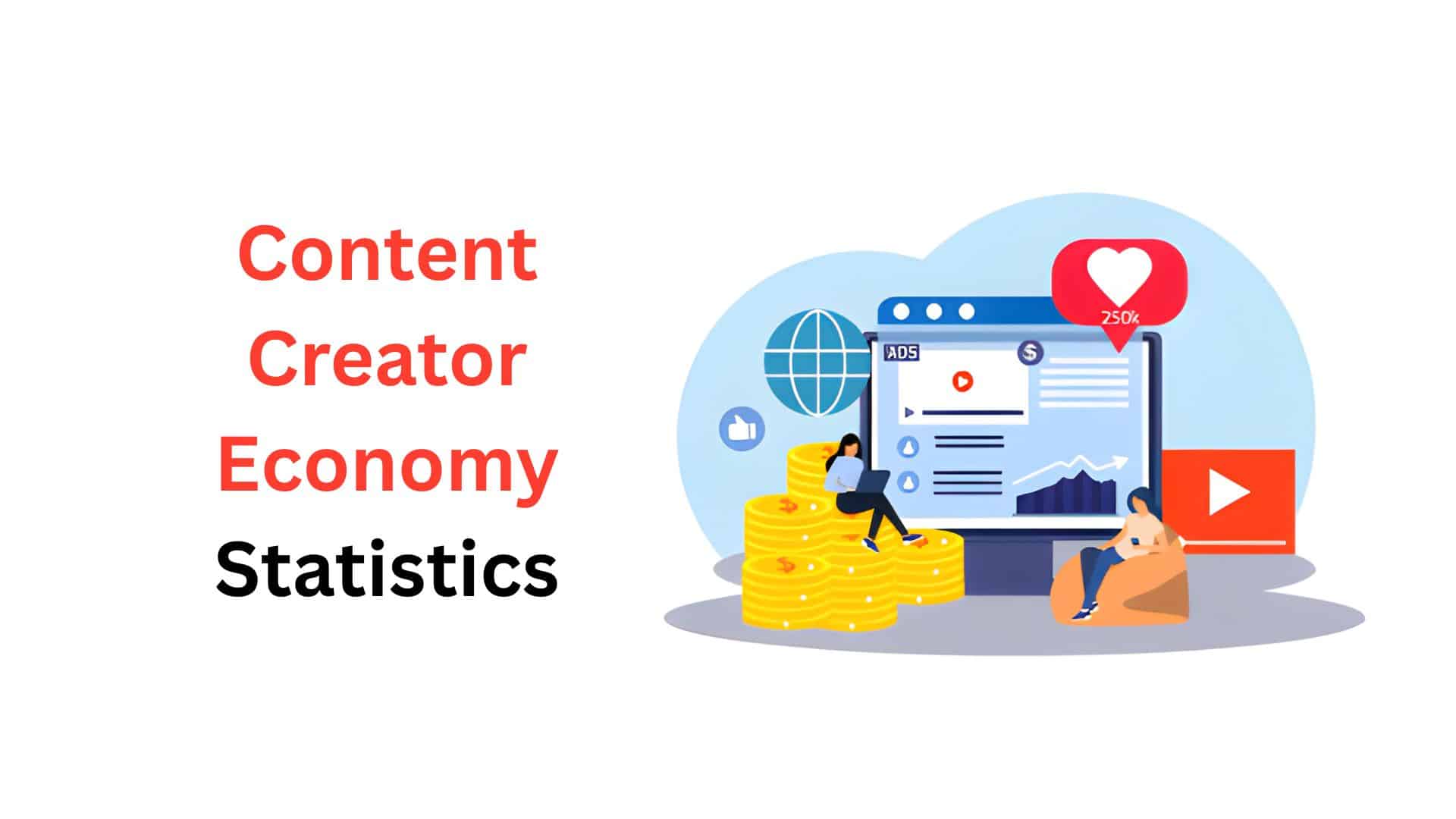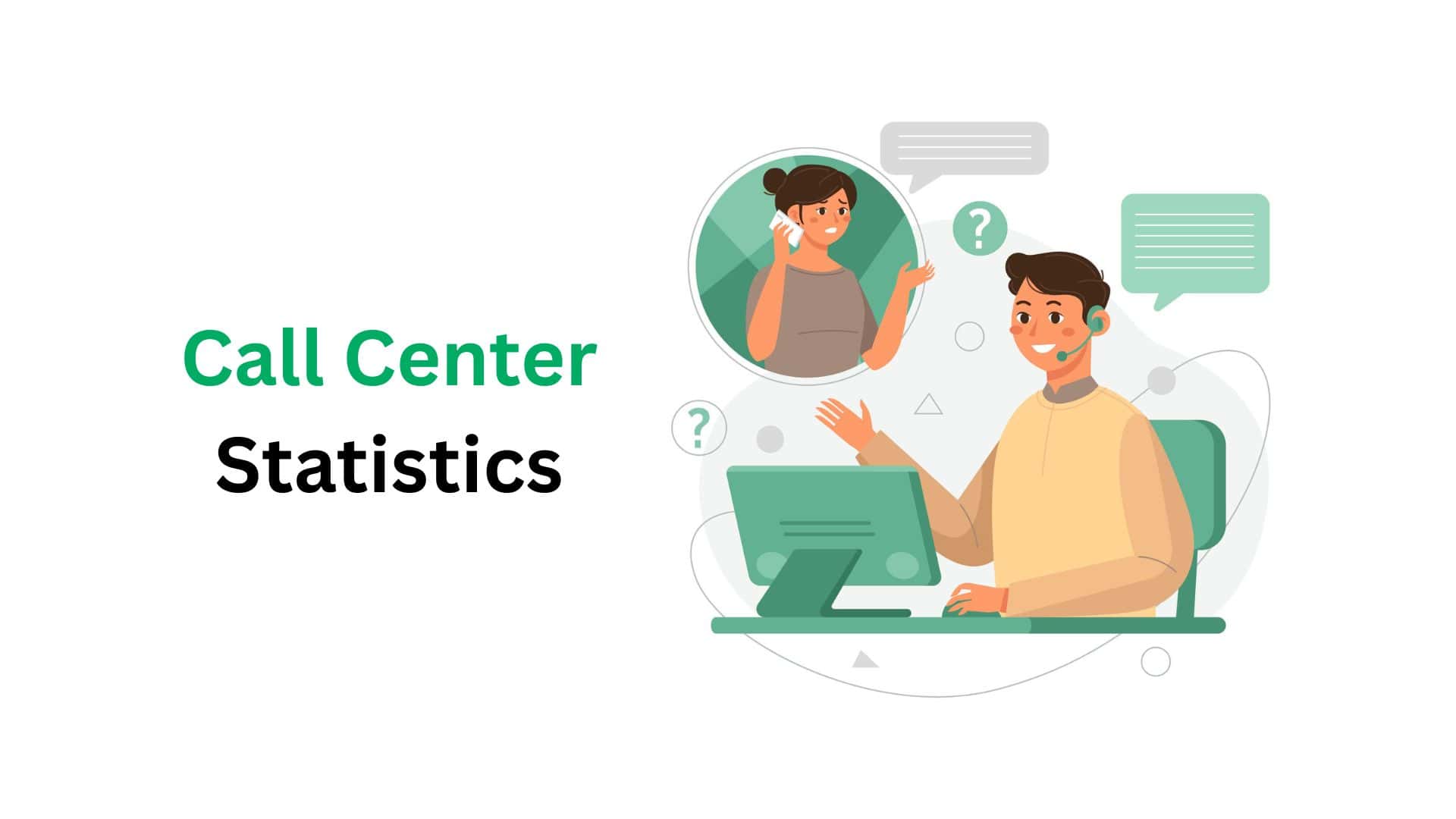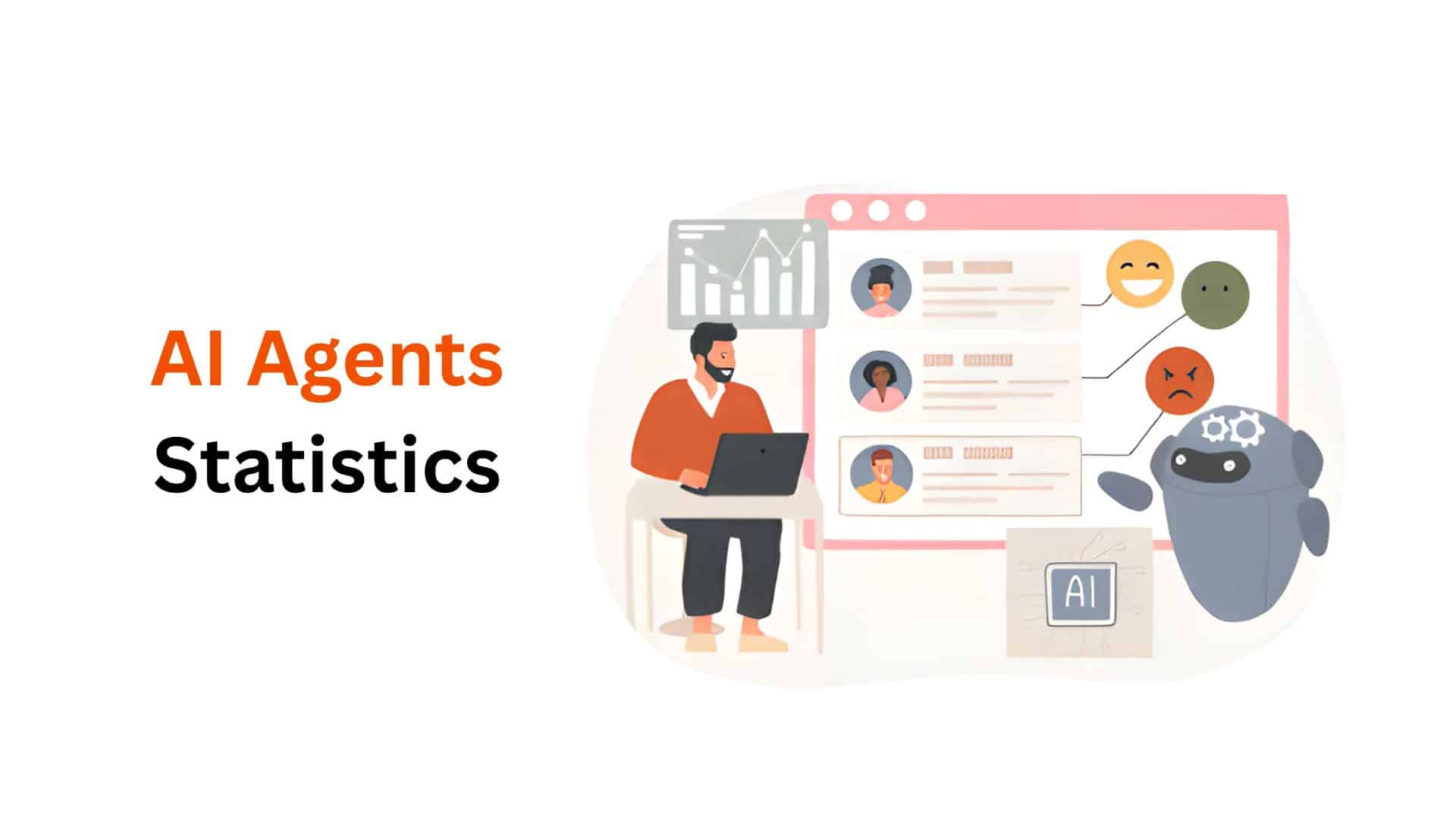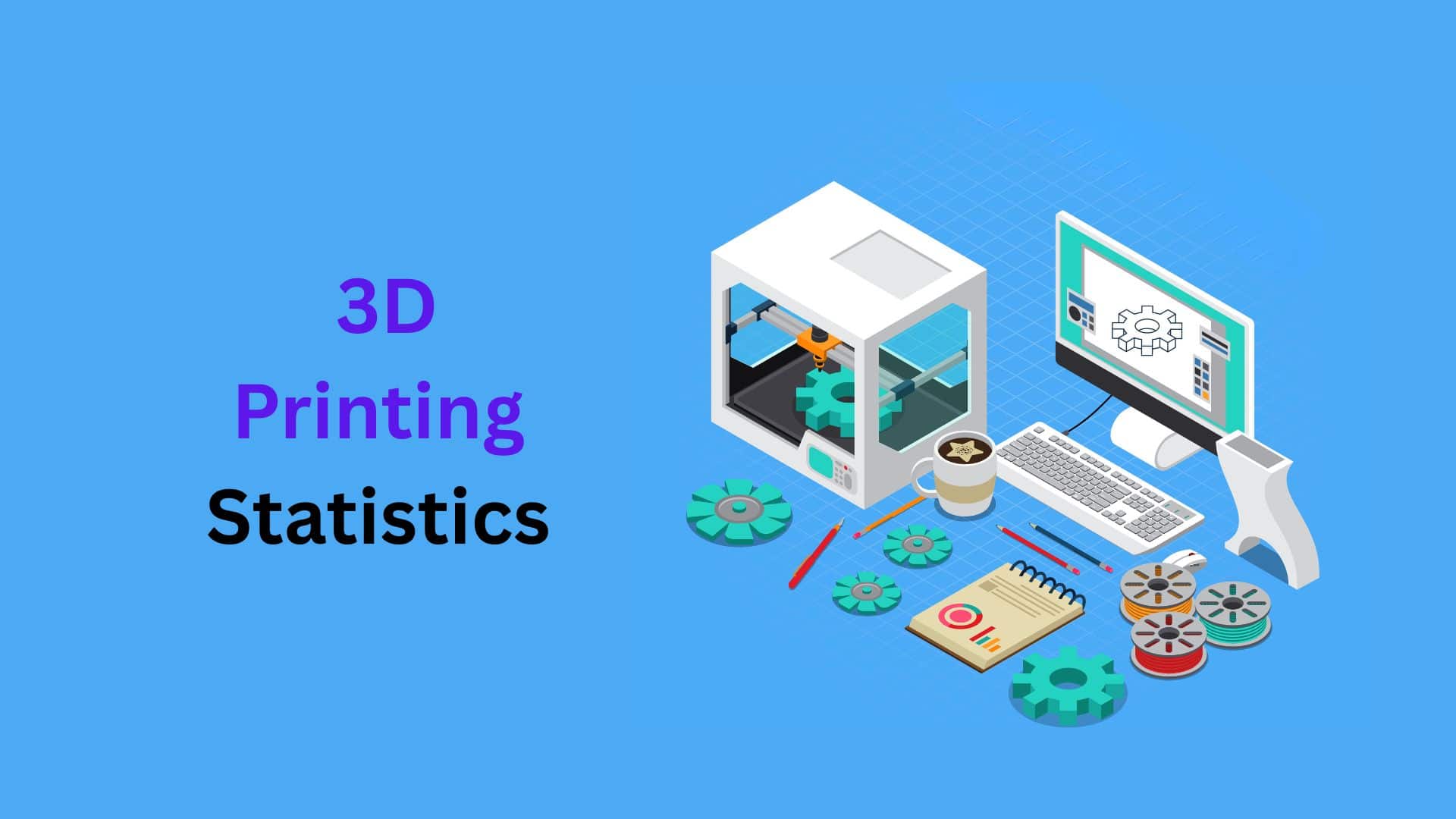Generative AI Statistics By Market Size, Usage And Economic Impact (2025)

Updated · Sep 19, 2025

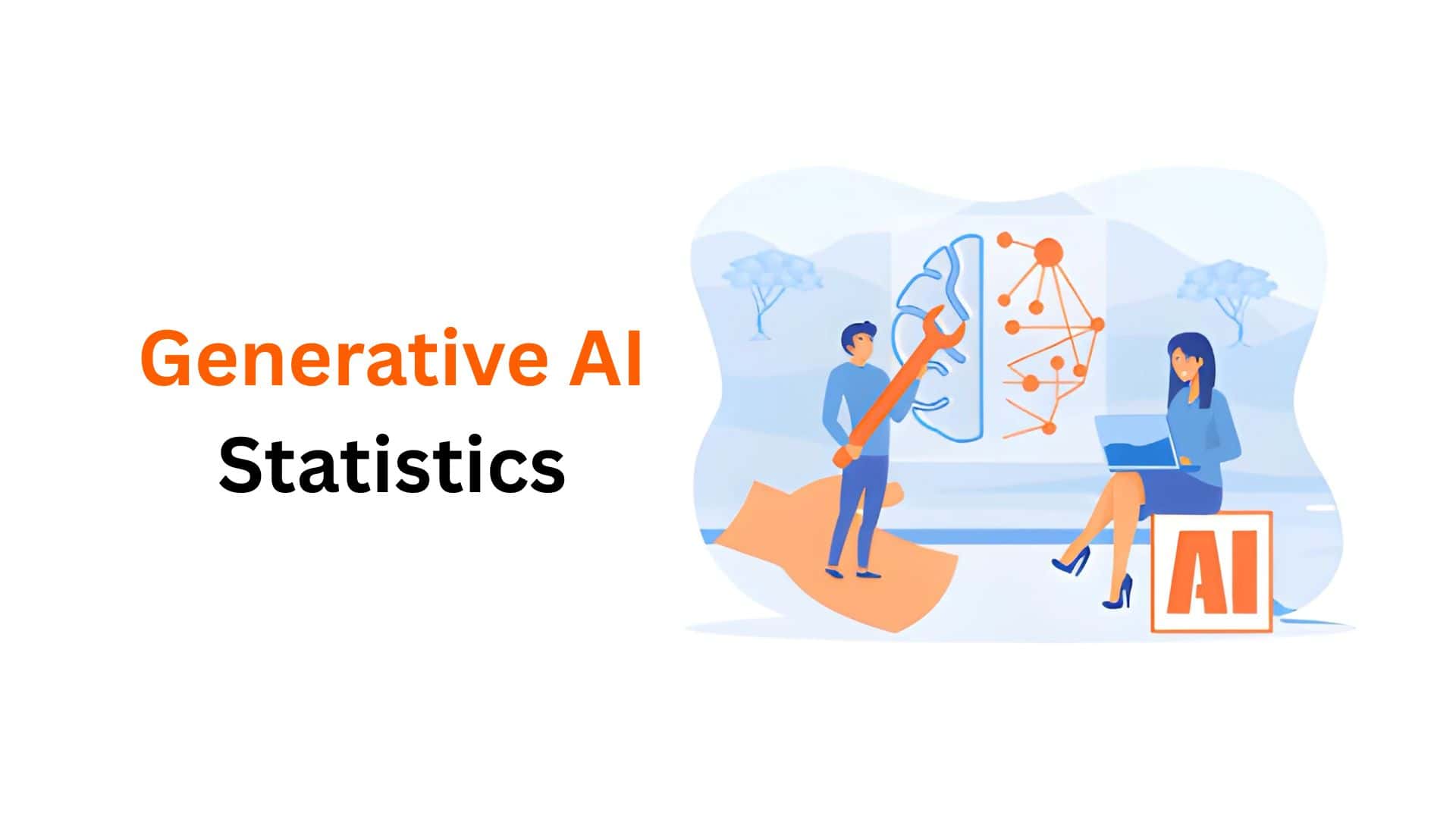
WHAT WE HAVE ON THIS PAGE
Introduction
Generative AI statistics: From its early days in research labs to now, a global sensation, generative AI has completely changed the technology landscape. We are past the initial hype and now deep into a phase of actual application and major economic impact.
This article explores more into the data behind the rise of generative AI, giving you a clear, driven look at its current state and what’s coming next. I’ve gathered all the latest information to give you the most detailed and accurate picture available, showing you exactly how this technology is changing everything, so let’s get into it.
Editor’s Choice
- The global generative AI market is set to hit an incredible $71.36 billion in 2025, a massive leap from previous years. It’s on a fast track to grow by over 43% in the next few years.
- By 2030, this market could be worth over $1 trillion, and I’m not making that up. This is a clear indicator of how seriously companies and investors are taking this technology.
- About 78% of companies worldwide have already incorporated some form of AI into their operations in 2025, which is a huge increase from the adoption rates we saw just a couple of years ago.
- A recent study found that every $1 invested in generative AI yields a return on investment of about 7 times. This shows that it’s not just a cool tool, it’s a smart business move.
- More than 40% of the world’s GDP could be significantly impacted by generative AI. It’s a technology that is reaching far beyond just the tech sector.
- As of early 2025, over 70% of companies are already using generative AI in at least one business function. It’s become a necessity, not a luxury.
- Over 92% of all companies are planning to increase their investment in AI over the next three years, showing that the trend is just getting started.
- The use of generative AI in creative fields is massive, with 90% of content marketers planning to use it in 2025, up from about 83% in 2024.
- When it comes to productivity, some studies show that workers using generative AI can handle more tasks per hour, with a 25% average savings on labor costs.
| Market Size (2025) | $71.36 billion (projected) |
| Projected CAGR (2025-2032) |
43.4% |
|
Company Adoption (2025) |
78% (global) |
| ROI (Return on Investment) |
3.7x for every $1 invested |
|
GDP Impact |
40% of the current GDP could be affected |
| Content Marketing Adoption |
90% of marketers will use it in 2025 |
|
Productivity Gains |
25% average labor cost savings |
Generative AI Market Statistics
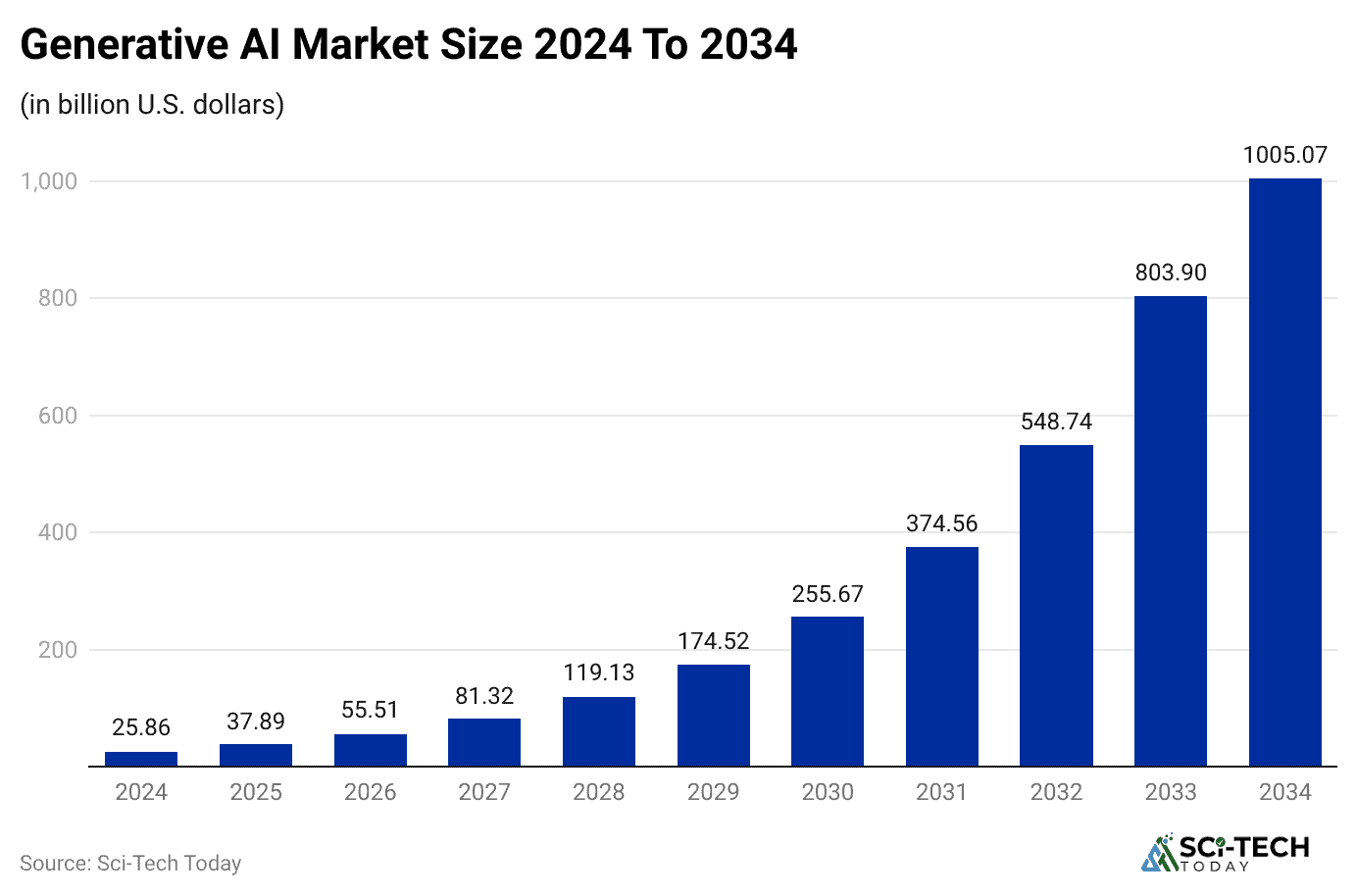
- The global generative AI market is valued at around $37.89 billion in 2025. It’s projected to grow to over $1 trillion by 2034, expanding at a compound annual growth rate, or CAGR, of 44.20%. This is a fast-growing field.
- In 2024, the market was sitting at about $25.86 billion, so the jump to $37.89 billion this year shows incredible acceleration. The growth is not slowing down, it’s speeding up.
- The North American market currently has the biggest piece of the pie, with a 41% revenue share in 2024. The US market alone is worth about $7.41 billion in 2024 and is expected to reach over $302 billion by 2034.
- When you look at different parts of the technology, the software segment is what’s driving the market. It captured more than 65.50% of the revenue share in 2024, which makes a lot of sense since that’s where all the tools are.
- The media and entertainment industry is a major player here, as it accounted for over 34% of the total market revenue in 2024. This is because generative AI is so useful for creating content, like scripts, music, and special effects.
| Market Value in 2025 | $37.89 billion |
| Projected Value by 2034 | $1,005.07 billion |
| CAGR (2025-2034) | 44.20% |
| North America Market Share | 41% (2024) |
| Software Segment Revenue | More than 65.50% (2024) |
| Media & Entertainment Share | More than 34% (2024) |
Generative AI Adoption and Usage Statistics

- In 2025, a whopping 78% of global companies are using AI in their daily work, and over 70% of those companies are specifically using generative AI in at least one business function. This is up from about 55% in 2023.
- Adoption is happening faster in some places than others. India is leading the pack with 59% of its companies having already implemented AI. The United Arab Emirates and Singapore are close behind at 58% and 53% respectively.
- Large companies, the big enterprises you hear about, are a lot more likely to adopt AI than smaller businesses. They are two times as likely to be using this technology, a big gap that will probably close over time.
- When you look at what people are using it for, customer service is at the top of the list. About 56% of companies are using generative AI for customer support and service.
- Right after customer service, cybersecurity and fraud prevention are a major area of use, with about 51% of businesses using it there. This makes sense since AI is great at spotting patterns that humans can’t.
- The use of AI in content creation is also huge. About 90% of all content marketers are either using or planning to use it in 2025, mainly for things like outlining, coming up with ideas, and drafting content.
| Customer Service | 56% |
| Cybersecurity & Fraud Prevention | 51% |
| Digital Assistants | 47% |
| Content Creation | 35% |
| Product Recommendations | 33% |
Generative AI Investment and Funding Statistics
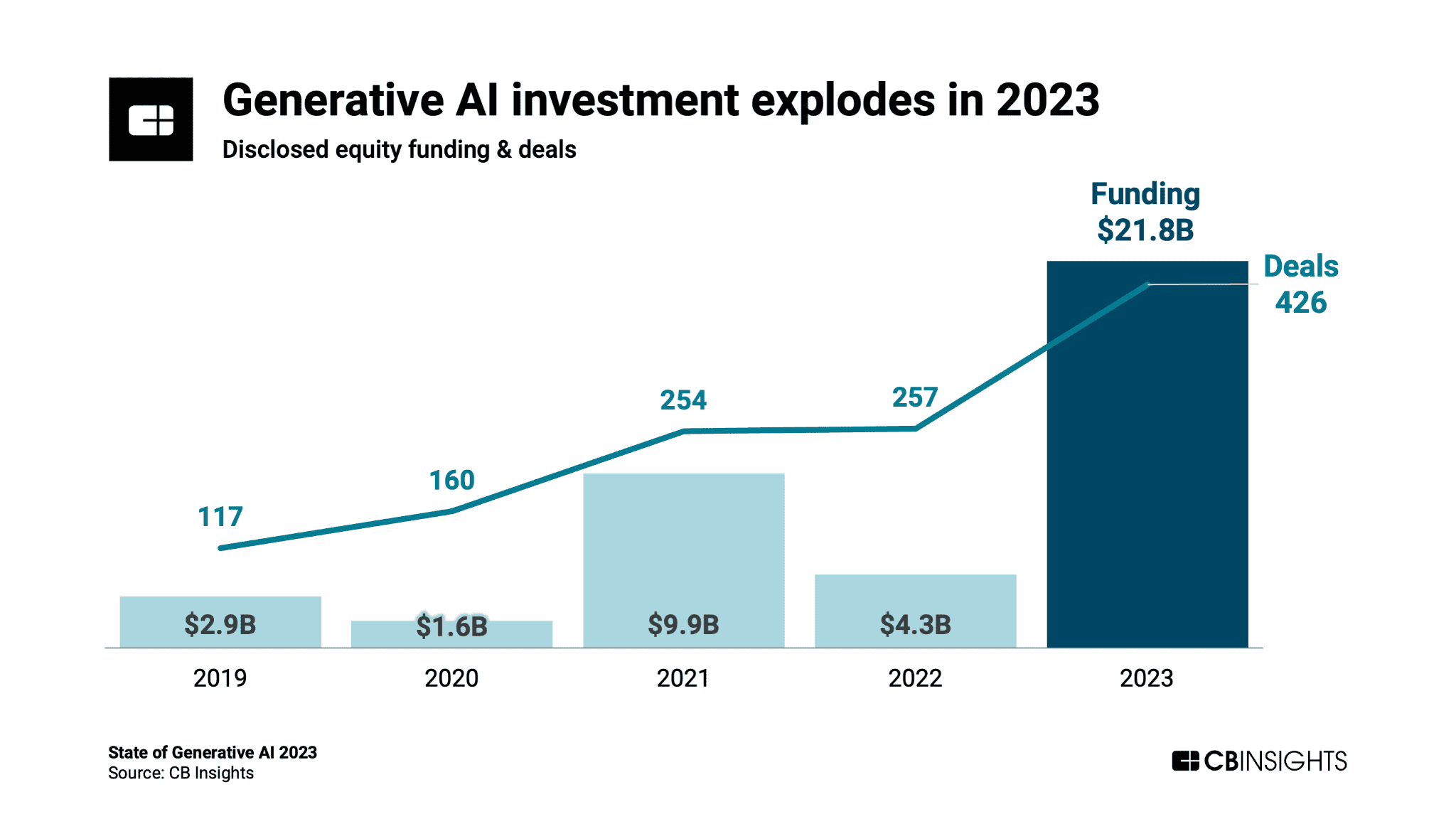
- The total investment in AI startups saw a massive increase from 2023 to 2024, with some sources reporting a 300% increase in small, bootstrapped AI products launched in the first quarter of 2023 alone.
- In the year 2024, organizations invested on average about $110 million into generative AI initiatives. That’s a serious amount of capital being deployed.
- The financial services industry is seeing the highest return on its generative AI investments, with an ROI of 4.2x, which is even higher than the average.
- 92% of all companies are planning to increase their investment in this area over the next three years, with a lot of IT leaders saying they will devote about 20% of their tech budgets to AI in 2025.
- When we talk about the overall AI market, it’s expected to add a massive $15.7 trillion to the global economy by 2030. This shows that the investment isn’t just about a quick buck; it’s about long-term economic change.
| Average Investment (2024) | $110 million per organization |
| ROI for Financial Services | 4.2x |
| Companies Planning to Increase Investment | 92% |
| IT Budget Allocation (2025) | 20% of tech budgets |
| Projected Economic Contribution (by 2030) | $15.7 trillion to the global economy |
Generative AI Impact on Jobs and Productivity Statistics

- By 2025, it’s estimated that AI will replace about 85 million jobs, but at the same time, it’s also going to create about 97 million new job roles. That’s a net positive in terms of job numbers.
- In advanced economies, about 60% of jobs could be affected by generative AI, but not all of them will be fully automated. In many cases, it will just change what people do, not replace them entirely.
- Workers who use generative AI tools are seeing some big productivity gains. For example, a study found that customer service agents using an AI assistant saw a 14% increase in their task completion rate.
- In programming, using tools like GitHub Copilot leads to a 56% increase in speed for JavaScript programmers. This shows how much faster people can work with these tools.
- When we look at the big picture, the Wharton School estimates that generative AI will increase productivity and GDP by about 1.5% by 2035, a significant and permanent boost to the economy.
- For the average worker, AI is already saving them time. Data from 2025 shows that AI can save an employee about 2.5 hours per day on average by automating simple, repetitive tasks.
| Jobs Replaced (by 2025) | 85 million |
| New Jobs Created (by 2025) | 97 million |
| Productivity Boost | 14% increase in task completion rate for customer service |
| Programming Speed | 56% increase for JavaScript programmers |
| Economic Growth | 1.5% boost to GDP by 2035 |
| Daily Time Savings | 2.5 hours per day for employees |
Generative AI Challenges and Future Expectations Statistics

- One of the top challenges for companies adopting generative AI is a lack of a skilled workforce. About 45% of organizations worldwide say they don’t have the people with the skills to use this technology effectively.
- Another big one is security. 75% of customers are worried that using generative AI could lead to new data security risks. This is a very real concern that needs to be addressed by companies.
- A major trend is the move toward smaller, more specialized models. We’re seeing a push for models that are more efficient and can run on local devices, rather than always relying on massive, centralized models.
- Multimodality is also huge. It’s not just about text anymore. Generative AI is getting better at creating and understanding images, video, and audio. This is going to open up a whole new world of applications for everyone.
- The shift to present applications is also a big deal. We’re getting to a point where generative AI can generate information and content on the fly, which is vital for things like live translation and providing customer support.
| Lack of Skilled Workforce | 45% of organizations feel this way |
| Data Security Risks | 75% of customers are concerned |
| Top Trend | Multimodality (text, images, video, audio) |
| Future Application | present content generation |
Conclusion
So, overall, generative AI is not just a fad. These generative AI statistics prove that we are in the middle of a major technological and economic shift. The market is exploding, investment is at record levels, and the adoption by companies is happening at a lightning-fast pace.
While there are some challenges we need to navigate, like training workers and keeping data safe, the benefits are clear. From boosting productivity to creating new jobs. It’s a tool that is going to keep changing how we work, how we create, and how we live. This article has given you a glimpse into the world, but I’m sure we will be seeing even more impressive numbers in the years to come. Thanks for staying up till the end. I hope you like this content. If so, share this article with your friends who are interested in AI.
FAQ.
Generative AI is a type of artificial intelligence that creates new, original content. Unlike other AI systems that might be used for things like classification or prediction, generative AI can produce text, images, video, and audio. It’s not just analyzing data, it’s actually creating something new based on patterns it learned from its training data.
The impact is mixed but looks promising. While it’s estimated that generative AI could automate about 85 million jobs by 2025, it’s also expected to create 97 million new job roles. This means the job market is shifting, not shrinking. The key is for workers to learn new skills to work alongside these technologies.
Investment is growing at a crazy rate. In 2024, organizations were investing on average about $110 million into generative AI initiatives. The total market size is projected to reach over $1 trillion by 2034, showing a massive inflow of capital from both venture capitalists and corporations who see the long-term value.
One of the top problems is data security, with 75% of customers worried about new risks. Another major issue is the lack of a skilled workforce, as about 45% of companies say they don’t have the talent to use this technology effectively. Bias in the training data and the issue of ‘hallucinations’, where the AI makes up information, are also big concerns.
Right now, the most common use cases are in customer service and content creation. About 56% of companies are using generative AI for customer support. It’s also being used in cybersecurity to spot threats, in marketing for content, and by programmers to write code faster.
Yes, absolutely. For individuals, generative AI can be a huge time saver. Data from 2025 shows that it can save a person about 2.5 hours per day on average by helping with tasks like writing emails, brainstorming ideas, summarizing articles, and even planning daily schedules.

Barry is a technology enthusiast with a passion for in-depth research on various technological topics. He meticulously gathers comprehensive statistics and facts to assist users. Barry's primary interest lies in understanding the intricacies of software and creating content that highlights its value. When not evaluating applications or programs, Barry enjoys experimenting with new healthy recipes, practicing yoga, meditating, or taking nature walks with his child.
